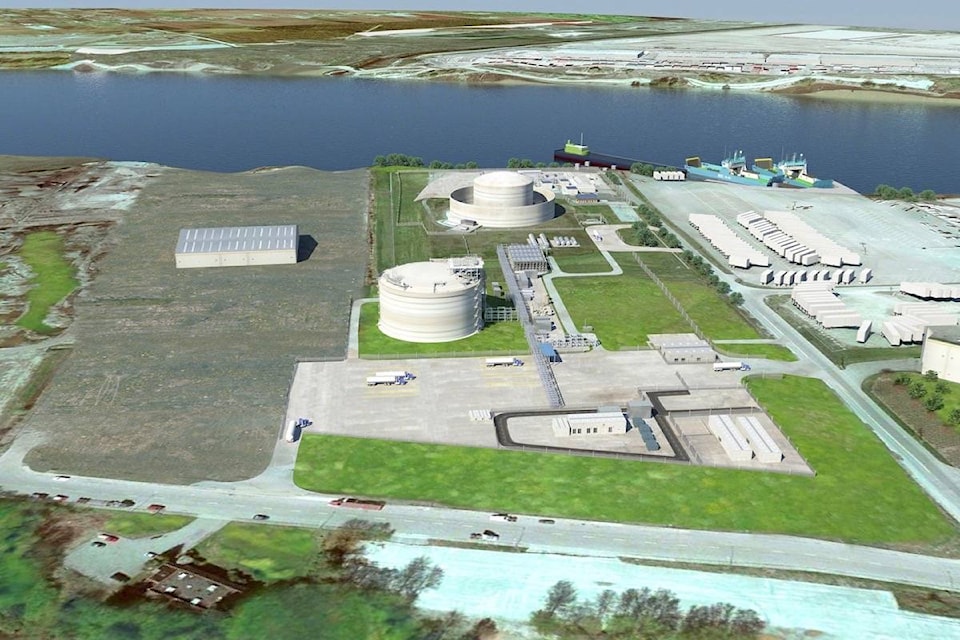FortisBC has made Canada’s first shipment of liquefied natural gas (LNG) to China, with a container of natural gas from its Delta storage facility departing Port of Vancouver in the early morning on Nov. 18.
The shipment was only about 950 gigajoules of natural gas — one gigajoule is about equivalent to 26 litres of gasoline — and quite small considering that amount of natural gas would only power 10.5 homes for a year.
However, the shipment is part of a pilot project to determine the long-term feasibility of exporting LNG to Asia. According to a press release put out by FortisBC., China is projected to become the world’s second largest LNG importer by next year. Its LNG imports have more than tripled in the last six years.
“This pilot is a small, but significant step for B.C.’s LNG export industry,” Douglas Stout, vice-president of market development and external relations at Fortis, said in the press release.
“At FortisBC, we are working toward changing the LNG landscape with the first of what could be many shipments from our province.”
Part of that change includes the $400-million expansion project at its LNG facility in Delta’s Tilbury industrial area. First announced in October 2014, the project is expected to be complete in the first quarter of 2018.
The Tilbury site has been in use since 1971, when the facility first opened to supplement the Lower Mainland supply of LNG during the winter. Recently, the plant has expanded its customers to include remote communities and heavy duty vehicles.
The current facility can liquefy 5,000 gigajoules of gas each day, and has a storage capacity of 600,000 gigajoules. The expanded facility, which would include new storage tanks and additional liquefaction equipment, would be able to liquefy an additional 34,000 gigajoules of gas each day and add 1.1 million gigajoules of storage.
grace.kennedy@northdeltareporter.com
Like us on Facebook and follow us on Twitter
